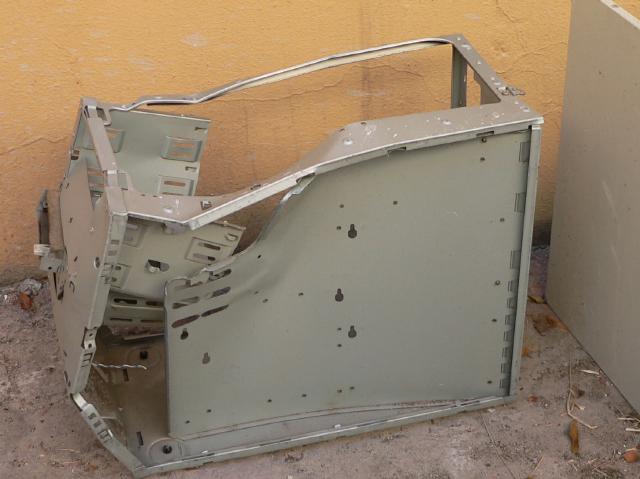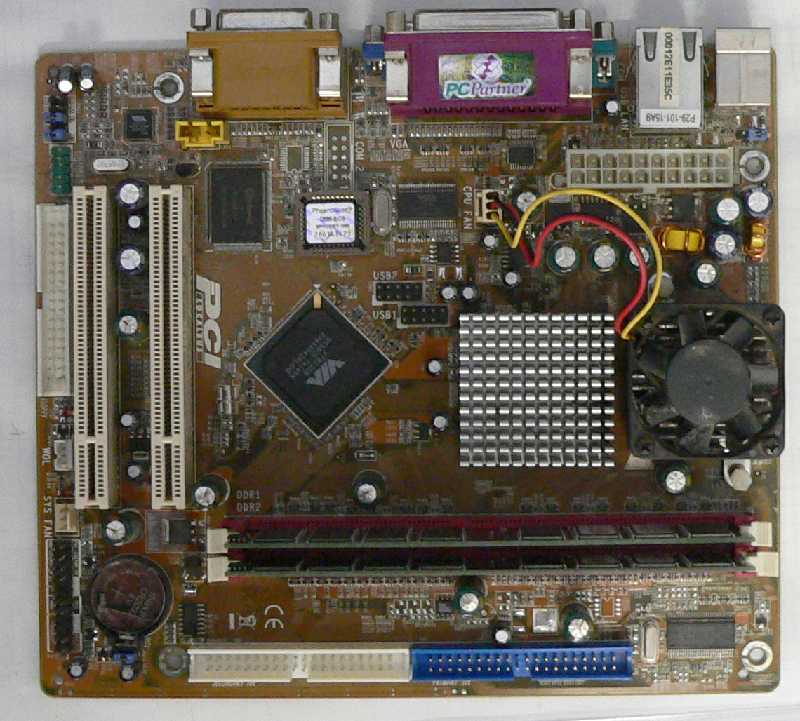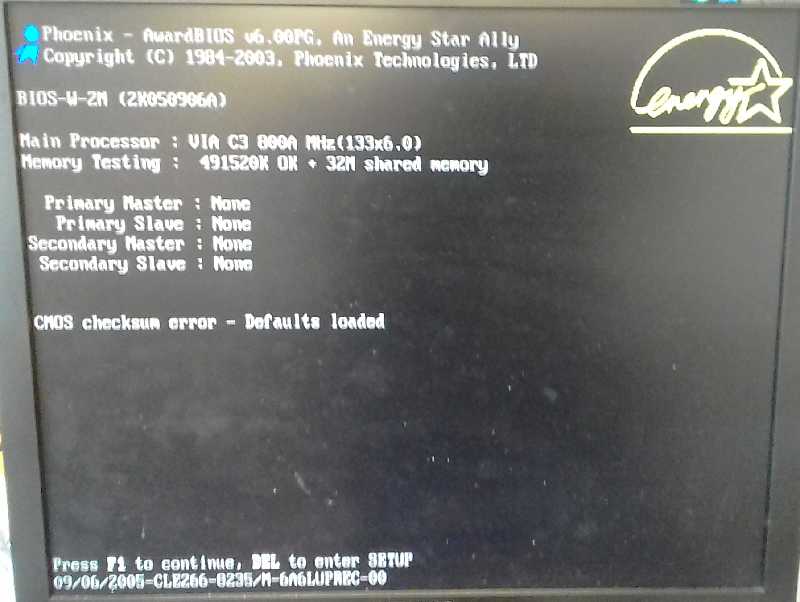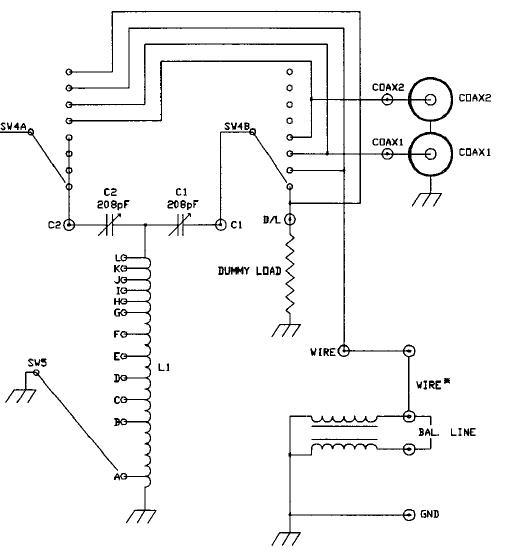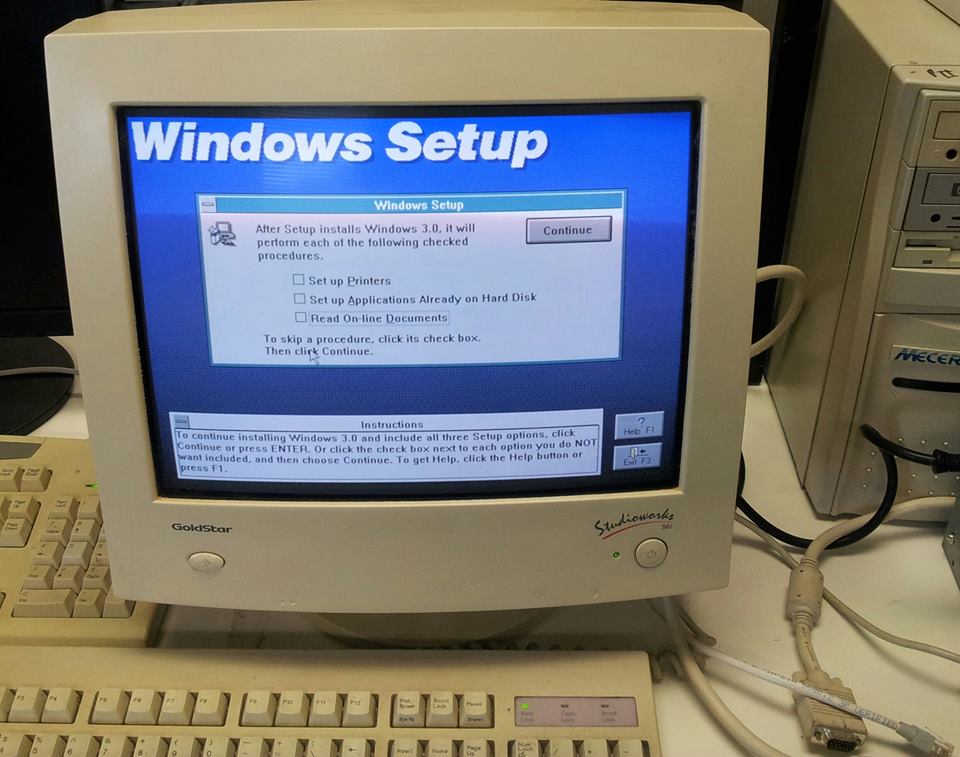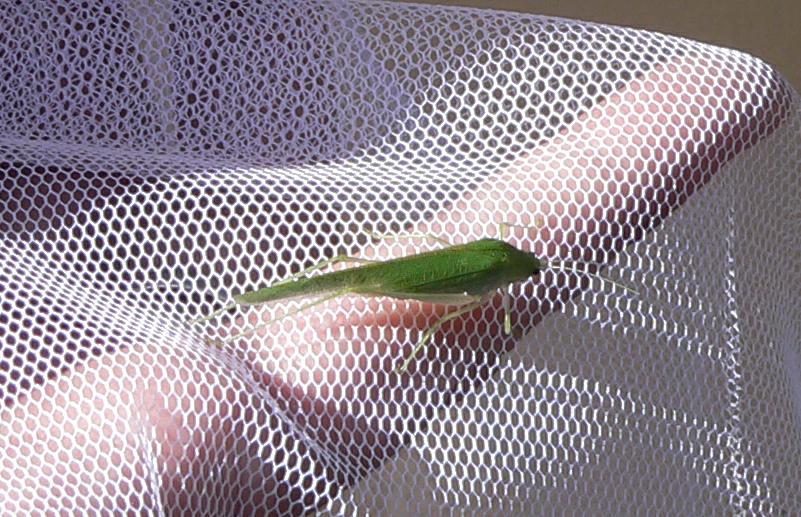Last year Chris Otto wrote a text adventure style version of Dan Fogelberg’s Same Old Lang Syne. I like it a lot, so here it is.
Welcome to SAME OLD LANG SYNE: THE I.F. EXPERIENCE
Original implementers: Dan Fogelberg, Infocom.
Release 1.0 / Serial number 122416 / Post 2100.0
It is Christmas Eve, and a light snow is falling. You have been dispatched to acquire whipping cream for Irish coffee…
Grocery store
The holiday hustle and bustle is going at full steam. Carts squeak urgently across the floor. You smell gingerbread. Departments include fresh foods, a bakery, and, in the back, frozen and refrigerated foods.
>GO TO BACK OF STORE
Back of grocery store
The eggnog and apple cider have been well-raided. Scanning the shelves for whipping cream, you notice someone in your peripheral vision. She is wearing a blue coat and standing in front of a case of frozen desserts. Your heart skips a beat.
>WALK OVER TO WOMAN
You are now standing behind her, as she continues to examine the frozen pies. Without thinking, you gently touch her coat sleeve. She spins around, a bit startled, looking exactly as she did at age 20. After a short moment of confusion, she recognizes you, her eyes opening wide. The two of you move simultaneously for a hug. But, as you do, half the items in her purse spill to the floor.
>PICK UP ITEMS
Laughing, the two of you crouch and pick the items off the floor. The scene seems absurd to both of you, and you can’t stop laughing. You get a few odd looks from other hurried customers, which only feeds your laughter. Tears form in the corner of your eye.
After composing herself, she adds an apple pie to her cart. “I should go pay for all this,” she says.
>GO TO CHECKOUT
Grocery store checkout
You head up front together. The groceries are totaled up and bagged. The two of you make small talk, and the conversation lags a bit.
>WAIT
Time passes.
Through the big glass window at the front of the store, you see that it’s still snowing. The groceries are bagged up, and she’s ready to go.
>SAY SOMETHING
“Do you have time for a drink or two?” you ask.
She smiles. That old smile. “Absolutely.”
>EXIT STORE
In front of grocery store
You carry her bag as the two of you exit the store. The street continues to the north and south.
>GO NORTH
Northern end of street
You see two bars, but they are both closed. It is Christmas Eve, after all.
>GO SOUTH
In front of grocery store
The snow picks up a little.
>GO SOUTH
Southern end of street
Another closed bar. But there is also a six-pack store, still open.
>ENTER SIX-PACK STORE, BUY SIX-PACK, EXIT SIX-PACK STORE
Done.
Done.
Done.
“We should get out of the snow,” she says. “Let’s drink it in my car.”
>GO TO HER CAR
Inside car
You set the groceries in the back. The two of you sit up front. Snowflakes plop upon the windshield.
She hands you a beer and opens one for herself.
“To our youthful innocence,” she says.
>DRINK
Your score has gone up by one point.
>PROPOSE TOAST
“And to now,” you say, tapping her bottle with your own. You both take a sip.
Your score has gone up by one point.
The two of you are silent.
>REACH BEYOND EMPTINESS
You don’t how how to do that.
>WAIT
Time passes and snow falls as the two of you drink. The conversation turns to how your lives are now. She tells you that she married an architect; he keeps her warm and safe and dry. But then she pauses, clearly leaving something out. She never did like to lie.
>LOOK INTO HER EYES
They are the bright blue eyes you remember so well.
>SAY SOMETHING
“The years have been a friend to you,” you say. “You look great.”
Her blue eyes flash. You know that flash, but aren’t sure what it means this time. Doubt? Gratitude?
>WAIT
Time passes. The moment is lost.
“Your career must be going really well,” she says. “I see your records in the store all the time.”
You lapse into your standard reply: The audiences are heaven, and life on the road is hell.
More beers are cracked open.
>PROPOSE ANOTHER TOAST
You drink again to innocence, and again to now. Bottles are tapped and tilted upward.
Your score has gone up by two points.
>REACH BEYOND EMPTINESS
You don’t how how to do that.
>WAIT
Time passes.
You are on your last bottles now. She glances at her bottle. “Last toast, I guess,” she says, looking at you. “This one to innocence … and time.”
>DRINK
“Should old acquaintance be forgot,” you sing, and then you finish off your beer. She giggles.
Your score has gone up by two points.
It grows silent.
>EXAMINE BOTTLES
There are six empty beer bottles. You are starting to feel tired.
>SAY SOMETHING
What do you want to say?
>ANYTHING
You don’t have anything left to say.
“Well, it is Christmas Eve,” she says, finally. “I should be going. But it was so good to see you.”
She leans over and gives you a kiss.
“Merry Christmas,” you both say, simultaneously. You laugh again.
>GET OUT OF CAR
In front of grocery store
The store is closed now. There are only a few cars parked here. You stand and watch the tail lights of her car as she drives away. You start to feel a little lightheaded. You close your eyes…
…School, many years ago…
It is a beautiful autumn afternoon. The two of you are on the campus quad, parting ways. Sunlight pours through the golden leaves as she walks away from you, never glancing back. This is a familiar pain.
In front of grocery store
You are standing here alone. The snow has turned to rain.
https://www.youtube.com/watch?v=OYIWeow6W14
